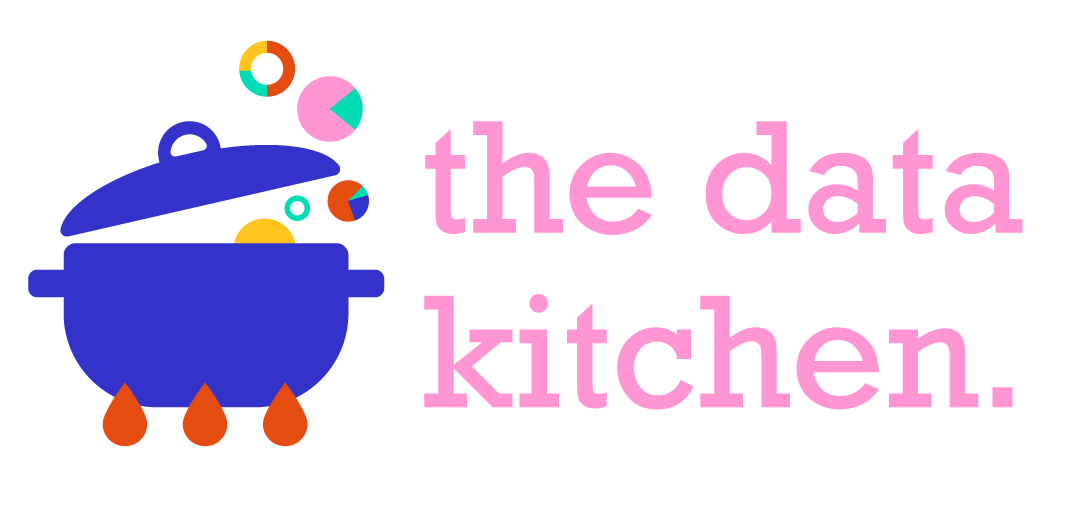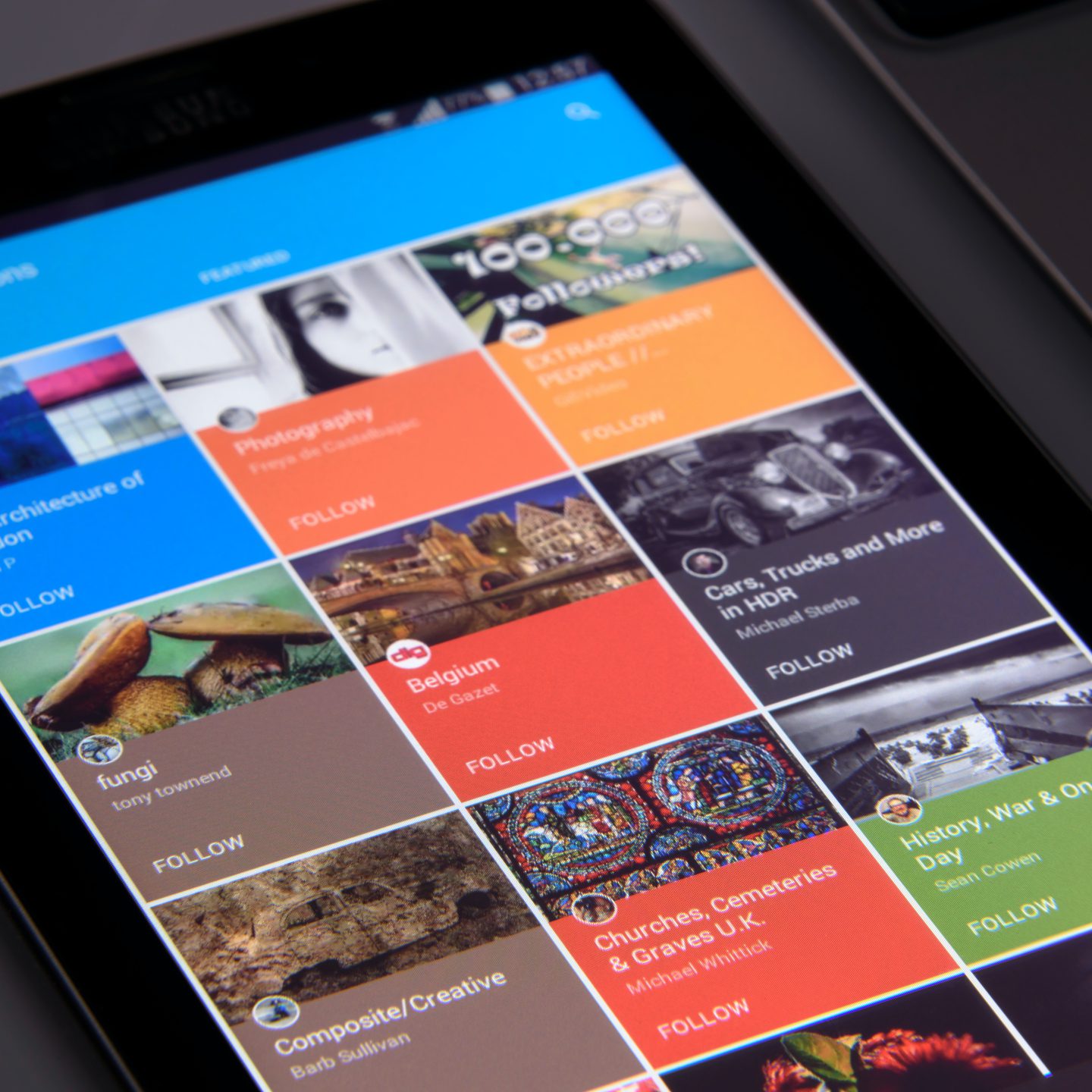Today, it is safe to say that almost everyone is familiar with the large variety of dating apps available to “find your match”. Perhaps less known is that charities are using apps with similar designs, where donors swipe among a selection of charity-profiles to find their match. In this post I take a closer look at this phenomena and discuss some of the factors that are important to consider when using charity applications.
In the past decade, crowdfunding via online tools have grown immensely. In fact, in the US alone donations have grown from some USD 10 million in 2012 to a staggering USD 808 million in 2020 (Otilis et al., 2021). Globally, the crowdfunding market is estimated to reach more than USD 34 billion by 2026 (Market Data Forecast, 2022). There are countless applications aiming to connect charities and donors across the globe, each with an individual touch to their service. You will find everything between apps offering a simple way to donate your spare change, by registering the miles you’ve run, or simply browse among the hundreds of charities registered on a certain app. For the sake of this post’s leverage, I chose to download three of those apps to try myself. The apps I chose were the first three that appeared in my AppStore when using the search word “charity”, namely ShareTheMeal, Milkywire and Millie. Unsurprisingly, each one of them asked me to create an account before being able to donate to charities. One of them, Millie, seems to only be available to US donors as my Swedish postal code was not accepted. Instead, I put in the only US postal code I know by heart: 90210 (thank you, American reality shows). It worked wonders, despite being false. More in depth reflections on this will follow later on in the post.
My first impression of all three was the design – they were all appealing, modern and seemingly easy to get around. However, the next impression was the overwhelming amount of charities to choose from. As a person who cannot decline requests made by a single donation collector on the streets of Stockholm, I struggled to choose between the numerous charities trying to get my attention on these apps. With this in mind, one may ask the question if charity applications distance donors from charities in an unfavourable way. This relates to the concept of disembedding, as described by Eriksen (2014). The notion of disembedding means that services previously restricted by factors like space and time, now are able to access markets regardless of such factors. In many ways, this means larger markets and increased numbers of opportunities. This is also the case when looking at charity apps – donors are able to donate to a cause thousands of miles away, a cause which they most likely would not have heard about if it was only promoted by local donation collectors on the street. Vice versa, charities can access global donor “markets”, instead of only reaching out to the local community. However, disembedding in relation to charity applications creates distance between donors and charities. As a result, donors may be discouraged to give since the distance can create a feeling of being disconnected. Similarly, when using the apps I downloaded, I noticed that I browsed more than I donated. In other words, I used them almost as a source of information regarding various issues around the world, rather than to find a cause to donate to. When reflecting on the concept of disembedding in relation to charity apps, I cannot help but think that this type of datafication of charities industrialises an already quite business-oriented industry. After all, apps are far from the first tool for charities to reach new markets far away from where they operate. Regardless, I would argue that disembedding charities reinforce the ever so common reason behind donations – feeling good about yourself – over wanting to actually make a difference. I may be cynical, but there truly are numerous, more effective ways to help out if the reason behind your donated money genuinely is a will “to make the world a better place”.
Circling back to what I mentioned in the beginning: sharing your data with the companies that manage these apps. Since I use Instagram, Facebook and WhatsApp, I know I share my data with the entire family of Meta-apps. I obviously cannot be too concerned about this issue. But, when I thought about it in regards to charity apps, I suddenly considered the possibility that my browsing history, bio data etc. can be sold. My initial standpoint was that it would be highly unethical. To me, selling user data does not go along with the concept of charity. However, as I thought more about it, I began to consider the benefits for e.g. smaller charities in accessing donor data. It is likely that accessing such data can help organisations target prospective donors in a more successful way. Even if I generally consider it a quite disreputable practice to customise advertisements to individual clients to maximise profits, it becomes a different story when the “profit” is collected for a good cause.
My argument may, however, be challenged by the level of accountability attached to charities and charity apps. If application founders don’t have regulations in place to control the legitimacy of each charity using their platform, donors may risk giving their cash away to frauds. This issue is of course related to all charities, online and offline, but I would argue that it becomes trickier to control when apps include such a large number of charities. It also applies to donors, like in the case with Millie, where I simply added a false postal code and joined as a US resident despite living in Sweden. As a novice on artificial intelligence (AI), I would still like to imagine that there are solutions out there that can help reassure donors that the donations are used for the purpose mentioned in the charity’s app profile (and vice versa, if necessary). For example, ambiguous descriptions of a charity or its purpose could be analysed by AI. If a description is deemed too vague by AI, the charity will be notified and unable to use the platform until this is fixed. This could force charities to provide specific information and tangible purposes, which in turn make it easier to hold them accountable for how donations are used. Of course, as with any controlling mechanisms involving AI, the issue of who will decide what is sufficient and what is not would need to be thoroughly addressed. Also, let us not be naive – traditional human-to-human trust will always be a factor which we cannot control 100 per cent, despite present and future AI technology.
Moreover, how do notorious algorithms work in relation to charity applications? What are the deciding factors behind which charity is allocated a spot on the very top of the page? Is it the size of possible followers, hidden fees or simply a random selection? Regardless, this issue contains a number of possible inequalities which should be considered when discussing charity applications. In relation to the above mentioned concept of disembedding, globalisation of the charity industry also raises the question of data regulations. Are charities only subject to the data regulations in the location(s) in which they operate, in the country of the donor, or both? And perhaps even more important, who is responsible for following up compliance of whatever data regulations that apply to these charity apps? I do not have the answer, so for now I raised these questions to get you thinking.
Let us look at the concept through a more philosophical lens. First, donors are rarely in vulnerable positions, which in turn makes me question the extent to which it is reasonable to prioritise matters like fraud risks and legitimacy of charities. Donating is almost exclusively optional and, like I argued earlier, most people do it to feel like they contribute to something good, allowing them to feel better about themselves. On the other hand, however, the various challenges, distress and precarious situations that the charities aim to address are rarely optional for the concerned community or individual. With this in mind, I would like to argue that there is another aspect of this industry that is given too little attention, compared to the issue of false charities. Don’t get me wrong, I don’t want fraud charities to loot freely. False charities create blockages for genuine charities if people lose trust in the entire concept of donations and charity work, would impostors not be controlled. With this said, putting too much emphasis on reassuring well-off donors that their donations are well-used, we change the dynamics of donors, charities and beneficiaries. Should our concern not be with how well charities align their work with the opinions of the people they are trying to help, rather than to satisfy donor perceptions? See, the issue of accountability is still present, but it should be directed differently. Any development professional is familiar with the White man’s burden. I would like to argue that the way controlling mechanisms are focusing on the donor-charity relations, rather than the charity-community relations, negatively reinforces the concept of the White man’s burden. Of course, one can argue that both perspectives are important, but that is not my point. The applications showcase numerous charities, all begging for your attention with various statistics, stories and pictures. I understand that it’s a donor’s world and that charities in many ways are dependent on donors, I just believe the end-results would benefit more from a community-focus rather than pleasing donors. For example, I am not a fan of the word “end-beneficiaries”, it puts communities and individuals in the passive position of a receiver. Can AI help us to change this? Could there perhaps be solutions incorporated in charity applications which gives communities and individuals a tool to directly communicate with donors, or express their opinion regarding the charity which claims to help them? Then again, such features are subject to North-South power dynamics which are ever present, including all of what they involve.
There are so many aspects to this discussion that I can continue this reflection and discussion until the end of time. Fortunately, WordPress kindly let me know there is a recommended length to keep my readers attention. Jokes aside, I choose to end my post here, but hope to continue the discussion. I would love to hear your thoughts, so if this post hasn’t got you thinking (or if it got you thinking so much you do not know where to begin), may I suggest you start by filling in this form I have created? As usual, you can also get in touch via Twitter or email.
Thanks for reading, hope to hear your thoughts.
Sources:
Hylland Eriksen, Thomas (2014). Globalization – The Key Concepts (2nd Edition). London/New York, Bloomsbury Academic.
Market Data Forecast (2022). Accessed 2 October, 2022 and available at https://www.marketdataforecast.com/market-reports/crowdfunding-market

